In Juan Carlos Pallarols' workshop, walking distance from the Casa Rosada in downtown Buenos Aires, the baton for Argentina’s next president is being carefully chiselled.
The baton – which will be used by the winner of the presidential run-off on November 19 at their inauguration on December 10 – is truly a national product: it has travelled the country for the last year and a half before arriving in the capital at its current location.
Traditionally, millions of Argentines help chisel its silver grip. "Over four million people have already worked on this new baton,” explains Pallarols.
A book bearing the stamp “I chiselled the presidential baton” has thousands of handwritten messages in it, notes made by those taking part, most of them carrying good omens.
The cane is the last part adjusted because its length depends on the height of its bearer. It will be cut after the run-off. “Massa is taller,” Pallarols explains.
Declared a national symbol, the baton will be delivered to the Casa Rosada in early December. The book will remain in the presidential museum.
Entirely made from domestic materials, the rod is made of Urunday wood, a species from the province of Corrientes, typical for its hardness and natural glow, and silver.
"Urunday is a wood that always stays straight, it does not bend, it glows on its own without varnish and is used to be worked with, it’s not decorative. It’s in posts or cattle gates in the countryside,” Pallarols points out.
The craftsman, who comes from a family of artisans and whose workshop dates back to 1750, says the wood represents the qualities the people expect from their president.
“Hard-working, remaining straight, glowing by their work and incorruptible. I hope it inspires him.”
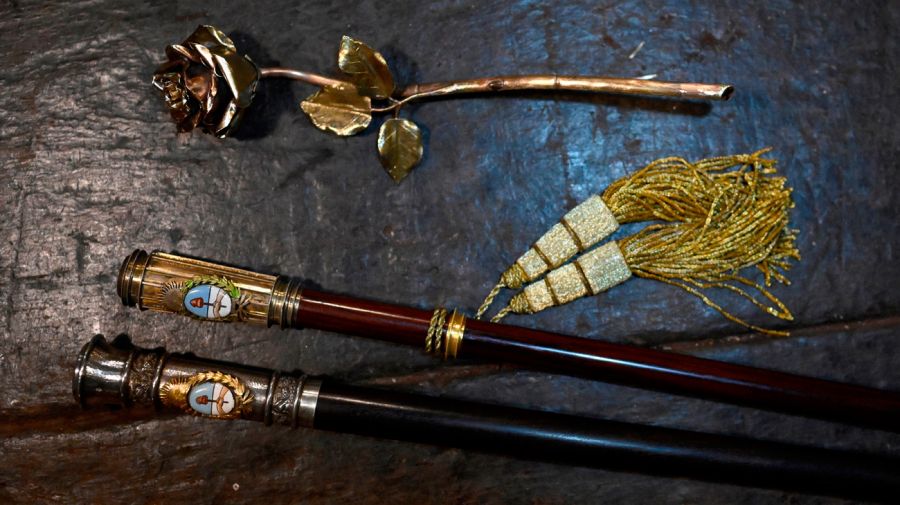
History in the making
Pallarols made his first presidential baton in 1973, when he worked as a silversmith for a traditional jeweller’s in Buenos Aires.
It was commissioned for the last term in office of three-time president Juan Domingo Perón, who died in 1974. His widow, subsequent president Isabel Martínez de Perón, later sold it and Pallarols bought it. He treasures it at his workshop among many works of art, pictures, busts, silver crowns and relics.
The design is very different from the current incarnation, featuring golden tassels, a gold grip, polished Malacca wood and ornaments “typical of a European baton,” the expert explains.
Subsequent modifications set the characteristics of the current baton with a local style. With these parameters, Pallarols made the batons of former presidents Raúl Alfonsín, Carlos Menem, Fernando de la Rúa, Néstor Kirchner, Cristina Kirchner and Alberto Fernández.
He also made one for Mauricio Macri, but the former president preferred one from a different artist, something Pallarols remembers mournfully.
The silversmith lights up when he recalls the baton he made 40 years ago for President Alfonsín and the return to democracy.
“I spent many years wanting to vote, but it wasn’t possible. That excitement of fighting to make that baton, I still feel to this day when I’m making this one,” the 81-year-old says.
The work is created entirely out of donated materials and the fee paid by the state is a symbolic one peso.
“The baton doesn’t belong to the president, it’s a gift from the people who voted for him, but that makes him the head of state, who has to abide by the people’s mandates,” said Pallarols.
by Sonia Avalos & Magali Cervantes, AFP




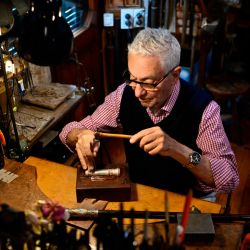
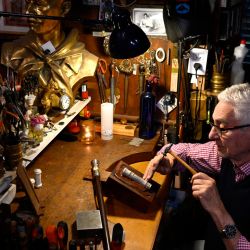


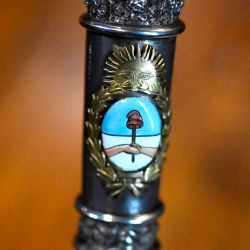
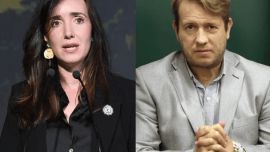








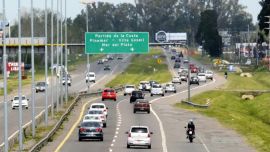
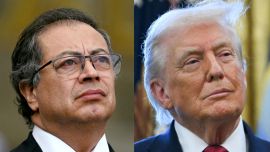
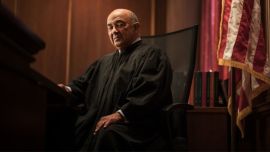

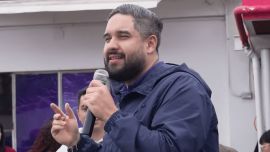
Comments